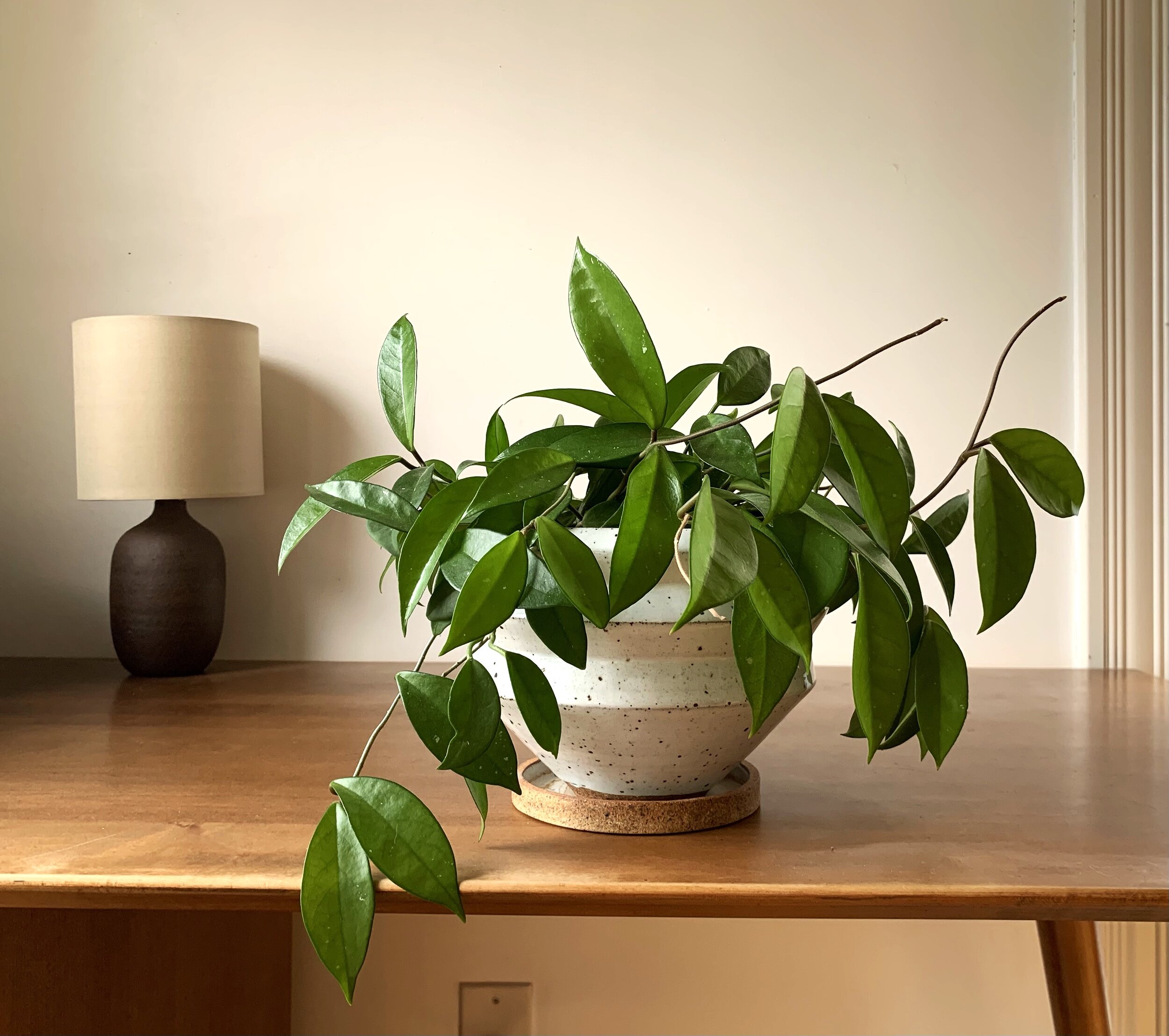Hoya: The Wax Plant’s Enchanting Beauty and Care
Hoya plants, often referred to as wax plants due to their thick, waxy leaves, have captivated plant enthusiasts worldwide with their unique charm. These tropical climbers, belonging to the Apocynaceae family, boast lush foliage, fragrant blooms, and relatively low maintenance requirements. With their versatility in indoor and outdoor settings, hoyas have become popular additions to many plant collections.
:max_bytes(150000):strip_icc()/hoya-plants-1315763-hero-fe8b10a522eb4d7e9ada8abbc303fbc5.jpg)
1. Characteristics and Varieties
Hoya plants exhibit a wide range of characteristics, making them adaptable to various growing conditions. Key features include:
Succulent Leaves: The leaves are typically thick, leathery, and waxy, allowing them to retain moisture efficiently.
There are hundreds of Hoya species and cultivars, each with its own unique attributes. Popular varieties include:

Hoya carnosa: This is one of the most common hoya species, known for its dark green leaves and white, pink, or red flowers.
2. Growing Conditions
To thrive, hoya plants require specific growing conditions:
Light: They prefer bright, indirect light. Avoid direct sunlight, which can scorch the leaves.

1. Repotting
Repot your hoya every 2-3 years or when the roots become pot-bound. Choose a slightly larger pot and use a fresh potting mix.
2. Fertilizing
Feed your hoya with a balanced liquid fertilizer during the growing season (spring and summer). Dilute the fertilizer to half-strength and apply it once a month.
3. Pruning
Pruning is optional for hoyas. You can remove dead or damaged leaves and stems to maintain a tidy appearance.
4. Propagation
Hoyas can be propagated from stem cuttings or leaf cuttings. Plant the cuttings in a well-draining potting mix and keep them moist until they root.
Yellowing Leaves: This can be caused by overwatering or root rot. Allow the soil to dry out completely before watering again.
Hoya plants offer a delightful combination of beauty, fragrance, and relatively easy care. With their diverse characteristics and adaptability, they can be enjoyed by plant enthusiasts of all levels. Whether you prefer the classic Hoya carnosa or the unique Hoya kerrii, these wax plants are sure to add a touch of elegance to your indoor or outdoor space.

:max_bytes(150000):strip_icc()/how-to-grow-coleus-1402921-02-6ca494adf94f4a5887c94256a24ebf33.jpg?w=200&resize=200,112&ssl=1)



